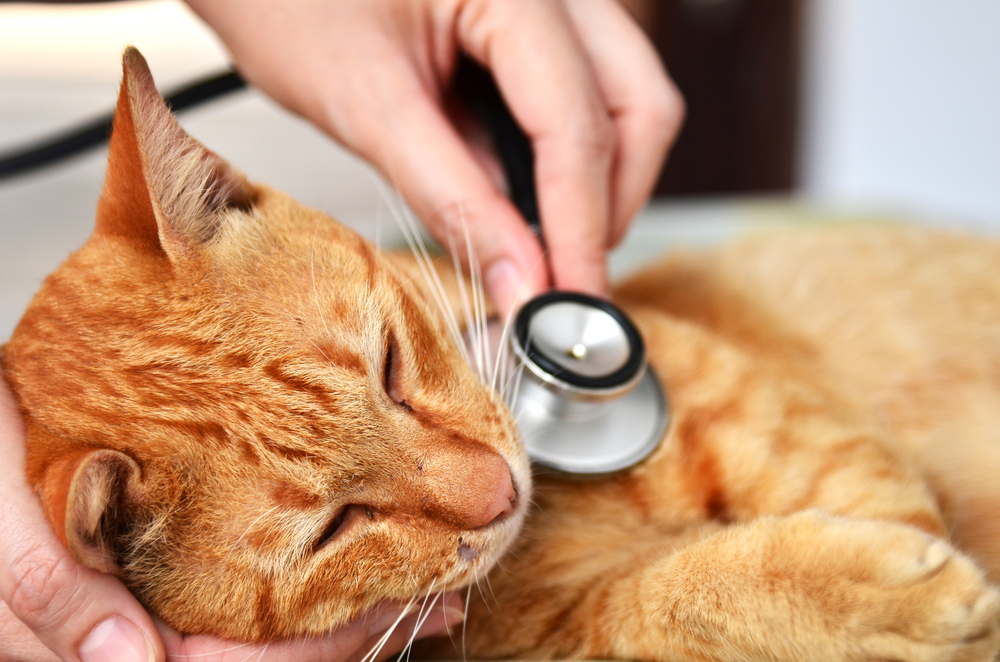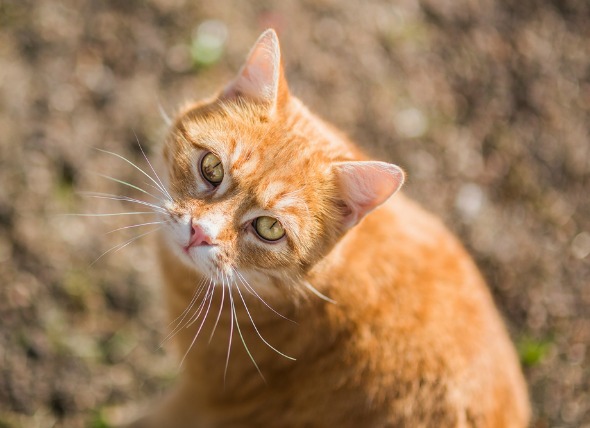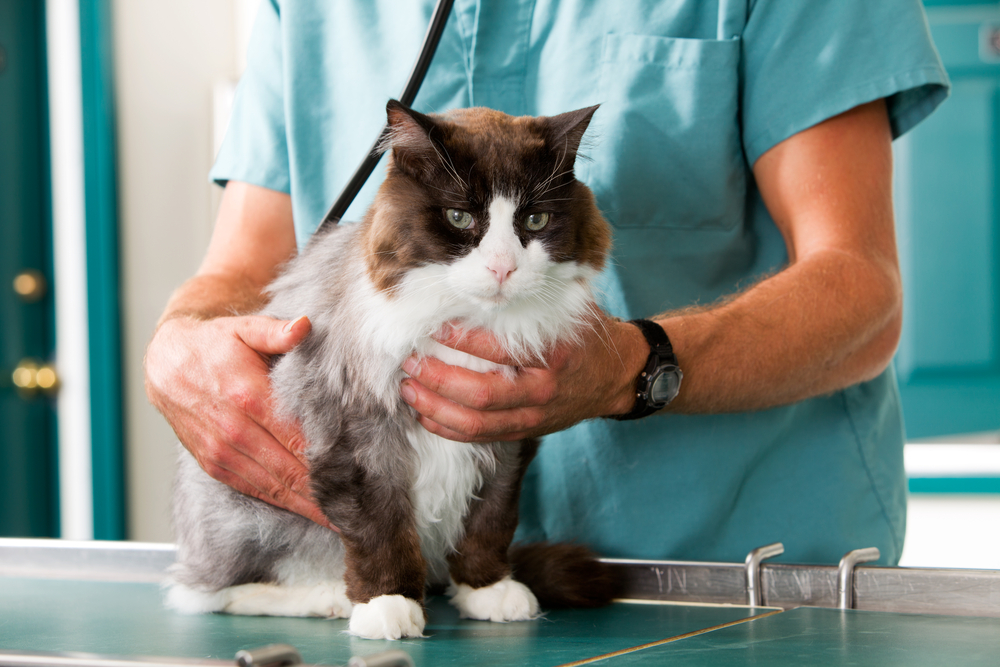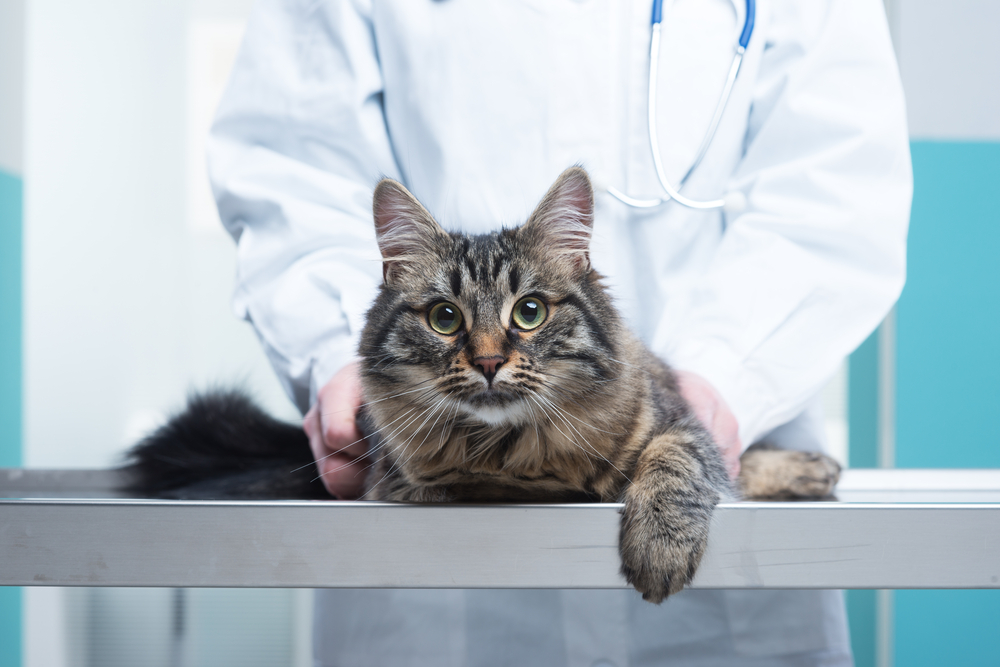
A fatty substance that covers the axons (the portions of the nerve cells that transfer impulses to other cells of the body), myelin serves an important function for the nerve cells: as an insulator, protecting the nerve from outside influences, and as an aid for forwarding the process of cellular transmission of nervous system actions. Therefore, hypomyelination, or an insufficient production of myelin in the body, can be devastating for the central nervous system (CNS). It can even cause tremors, which are most apparent when the cat is active.
CNS hypomyelination has a higher rate of diagnosis in the Siamese breed.
Central nervous system:
Peripheral Nervous System:
Your veterinarian will perform a thorough physical exam on your cat, taking into account the background history of symptoms and your cat's genetic background. Standard tests include a blood profile, including a chemical blood profile, a complete blood count, and a urinalysis.
Diagnosis is based on the clinical signs that your cat is presenting, but for a conclusive diagnosis, your veterinarian will take a sample/biopsy of the nerve to analyze for sufficient myelin at the axon of the nerve. Your doctor may also choose to perform a brain biopsy. Other techniques include electromyography, which measures the electrical activity and potential of the muscle cells. In this case, the finding is usually normal to mild spontaneous activity. Motor nerve conduction velocity can be used to assess the ability of the motor and sensory nerves to conduct electricity. With hypomyelination, there is usually slowed conduction or only a small amount of potential.
There is no effective treatment available for either peripheral or central hypomyelination.
Due to the genetic bases of this disease, if your cat has been diagnosed with this nerve disorder, you will be advised not to breed your cat, or to further breed the parent of the diagnosed kitten. If your cat is affected by CNS hypomyelination, the nervous symptoms will usually improve my the time your cat reaches its first year of age. With PNS hypomyelination, affected cats are expected to have a normal lifespan.
 Kneecap Dislocation in Cats
Patellar Luxation in Cats
Patellar luxation occur
Kneecap Dislocation in Cats
Patellar Luxation in Cats
Patellar luxation occur
 Brain Parasite (Cuterebra) in Cats
Feline Ischemic Encephalopathy in Cats
Feline isc
Brain Parasite (Cuterebra) in Cats
Feline Ischemic Encephalopathy in Cats
Feline isc
 Foreign Objects Stuck in the Throat in Cats
Esophageal Obstruction in Cats
Cats often swallow
Foreign Objects Stuck in the Throat in Cats
Esophageal Obstruction in Cats
Cats often swallow
 Bleeding Under the Skin of Cats
Petechia, Ecchymosis, and Bruising in Cats
Bruisi
Bleeding Under the Skin of Cats
Petechia, Ecchymosis, and Bruising in Cats
Bruisi
 Miscarriage in Cats
Spontaneous Abortion, Pregnancy Loss in Cats
It i
Miscarriage in Cats
Spontaneous Abortion, Pregnancy Loss in Cats
It i
Copyright © 2005-2016 Pet Information All Rights Reserved
Contact us: www162date@outlook.com